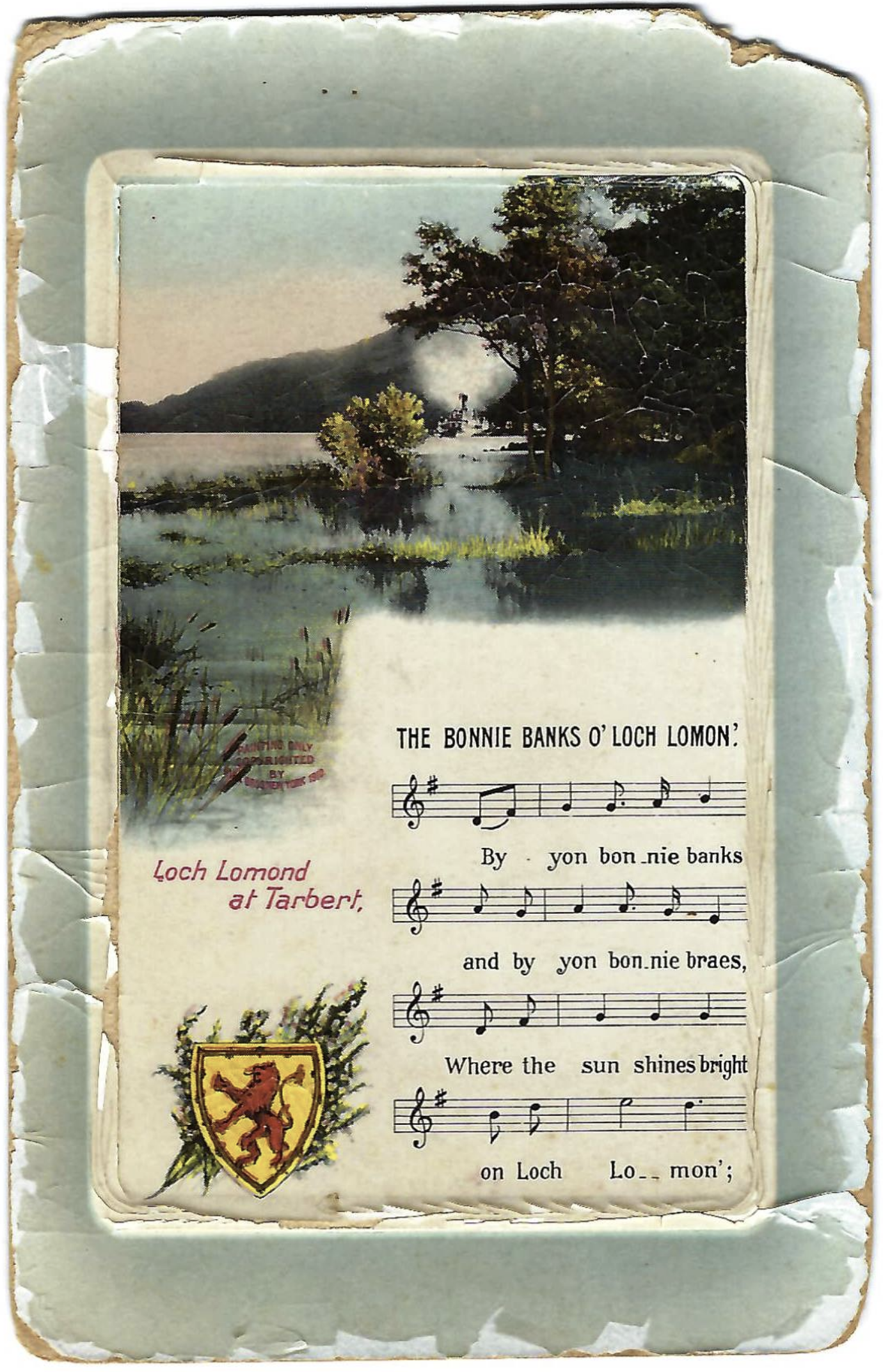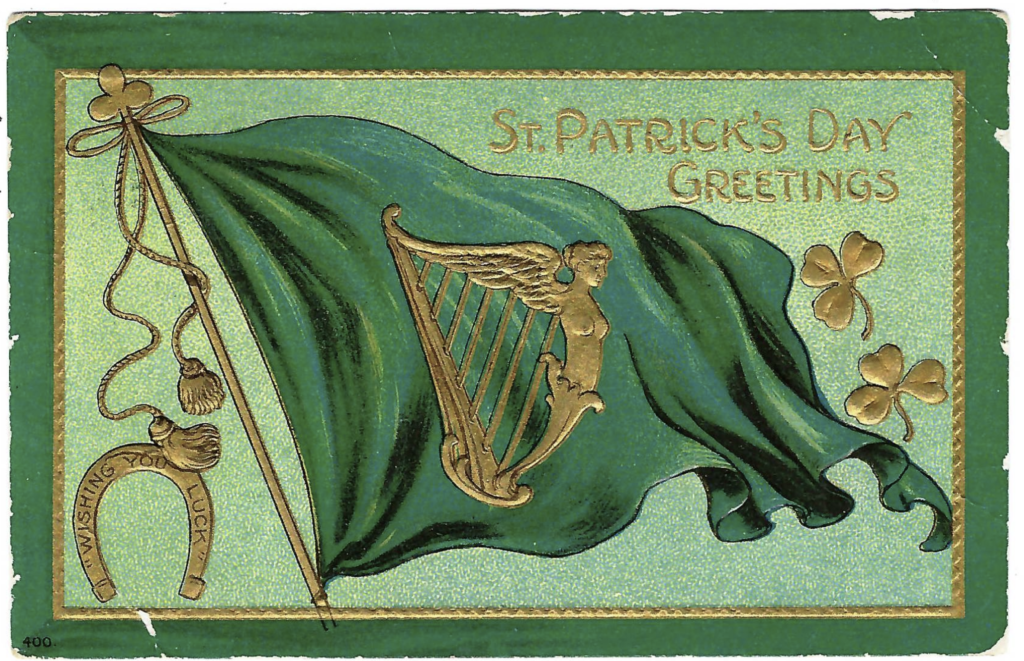
Michael Bushnell
Publisher
Postcards such as this have long been used to convey greetings conveniently to friends and relatives afar.
The man who became St. Patrick, the patron saint of Ireland, was born in Wales about 385 AD/CE. Maewyn, as he was called, considered himself a pagan until he was sold into slavery at the age of 16 by a group of Irish marauders raiding his village. During his six years of captivity, he became closer to God. He escaped to Gaul and studied in the monastery under St. Germain,
bishop of Auxerre, for 12 years.
Maewyn discovered his calling was to convert pagans to Christianity. He wished to return to Ireland where he could focus the pagans who had “overrun” his country. His superiors instead appointed St. Palladius to the Irish post, but two years later, Palladius transferred to Scotland. Patrick, having adopted that Christian name earlier, was then appointed as second bishop to Ireland.
Patrick was quite successful at winning converts, which upset the Celtic Druids. Patrick was arrested regularly, but escaped each time. He traveled throughout Ireland, establishing monasteries across the country.
He also set up schools and churches that would aid in the conversion of the Irish country to Christianity. His mission in Ireland lasted 30 years. After that time, Patrick retired to County Down.

He died on March 17 in 461 AD/CE. That day has been commemorated as St. Patrick’s Day ever since. A traditional icon of the day is the shamrock. This stems from one of the more bona fide Irish tales, the one about how Patrick used the three-leafed shamrock to explain the Trinity. He used it in his sermons to represent how the Father, the Son and the Holy Spirit could all exist as separate elements of the same entity.
His followers later adopted the custom of wearing a shamrock on his feast day. The St. Patrick’s Day custom was first publicly celebrated in America in 1737, in Boston, Massachusetts.




















